The designations employed and the presentation of material on this map do not imply the expression of any opinion whatsoever on the part of IUCN concerning the legal status of any state, city or area or its authorities, or concerning the delimitation of its frontiers or boundaries.
Back
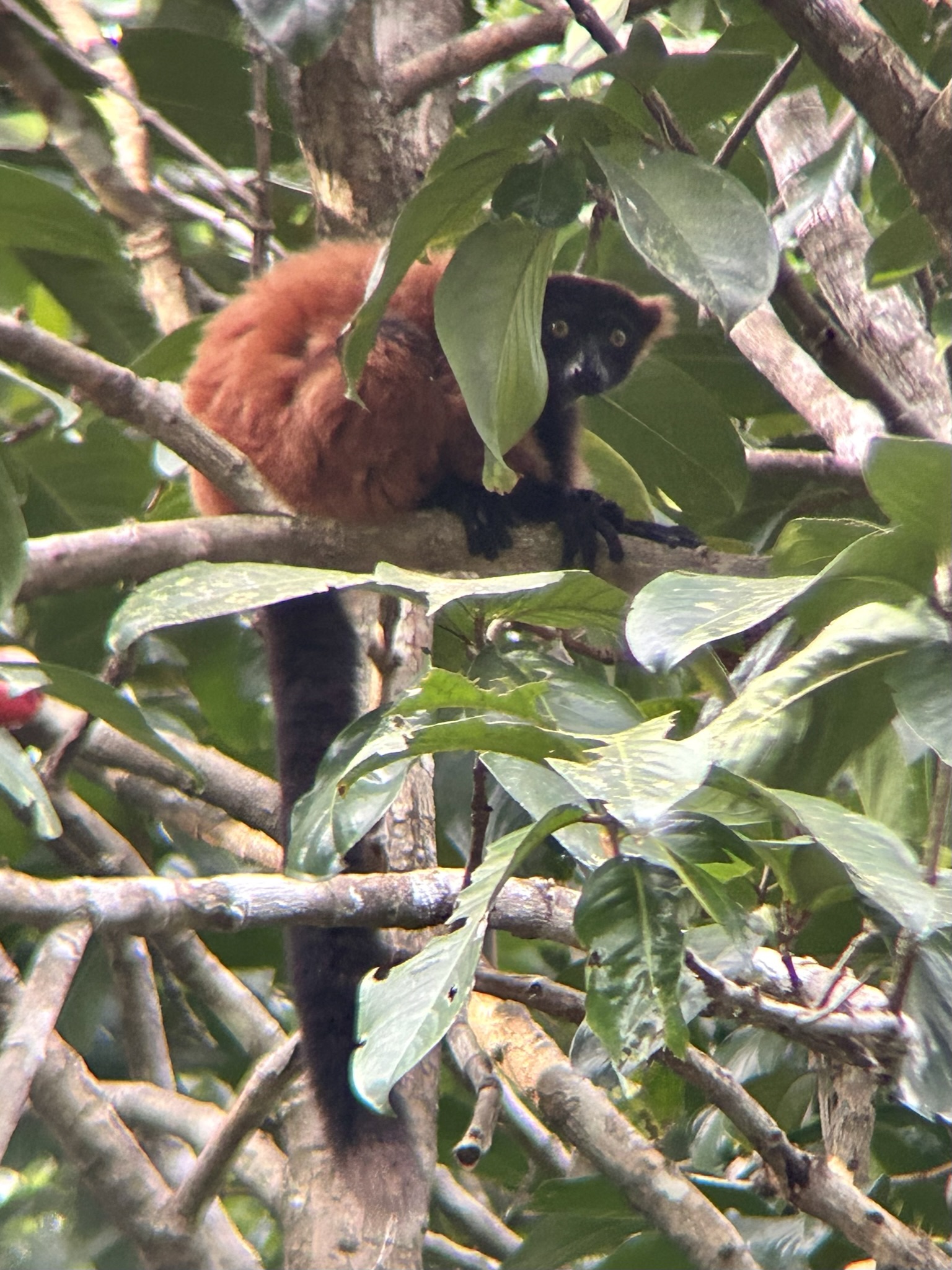

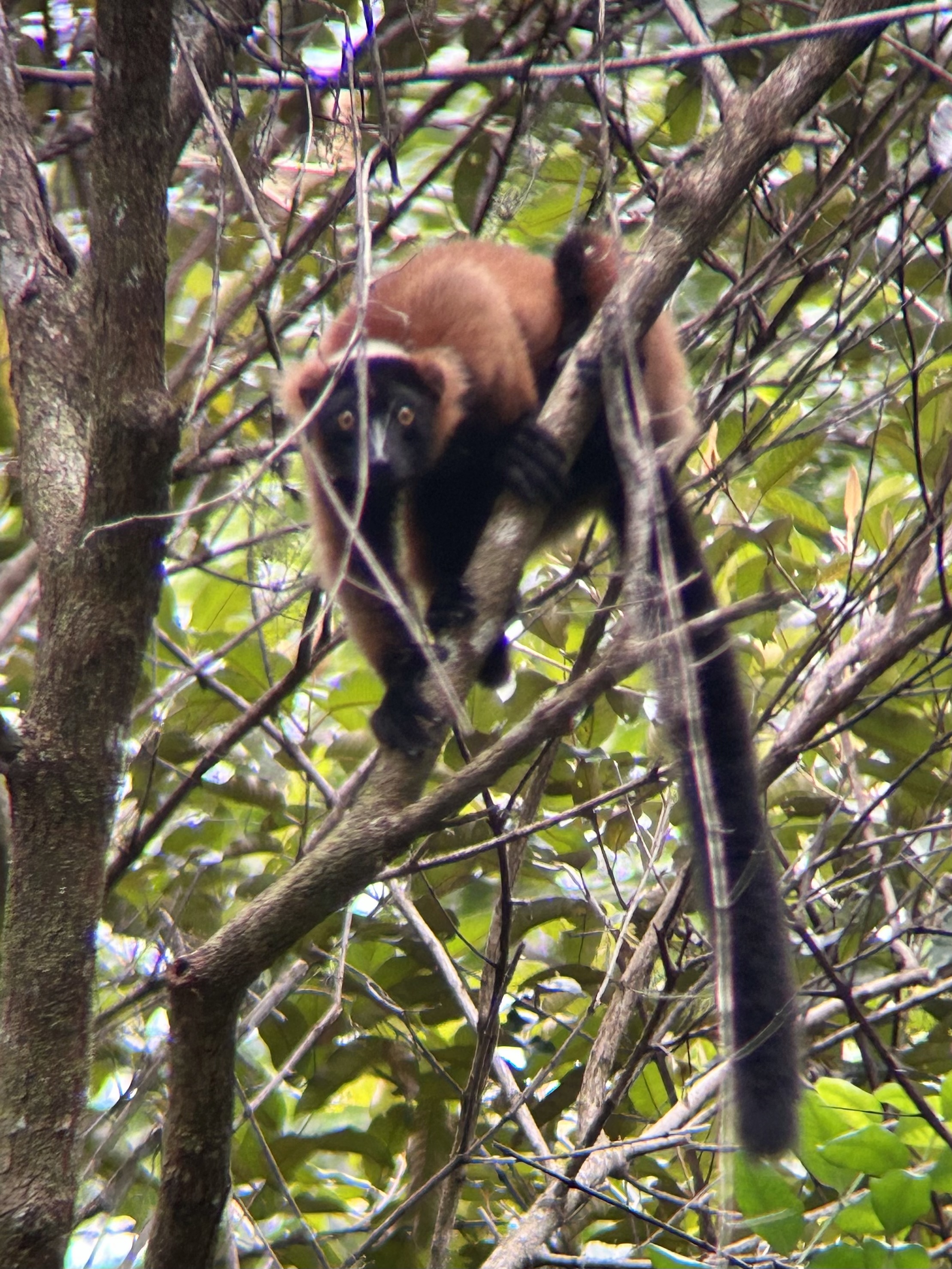
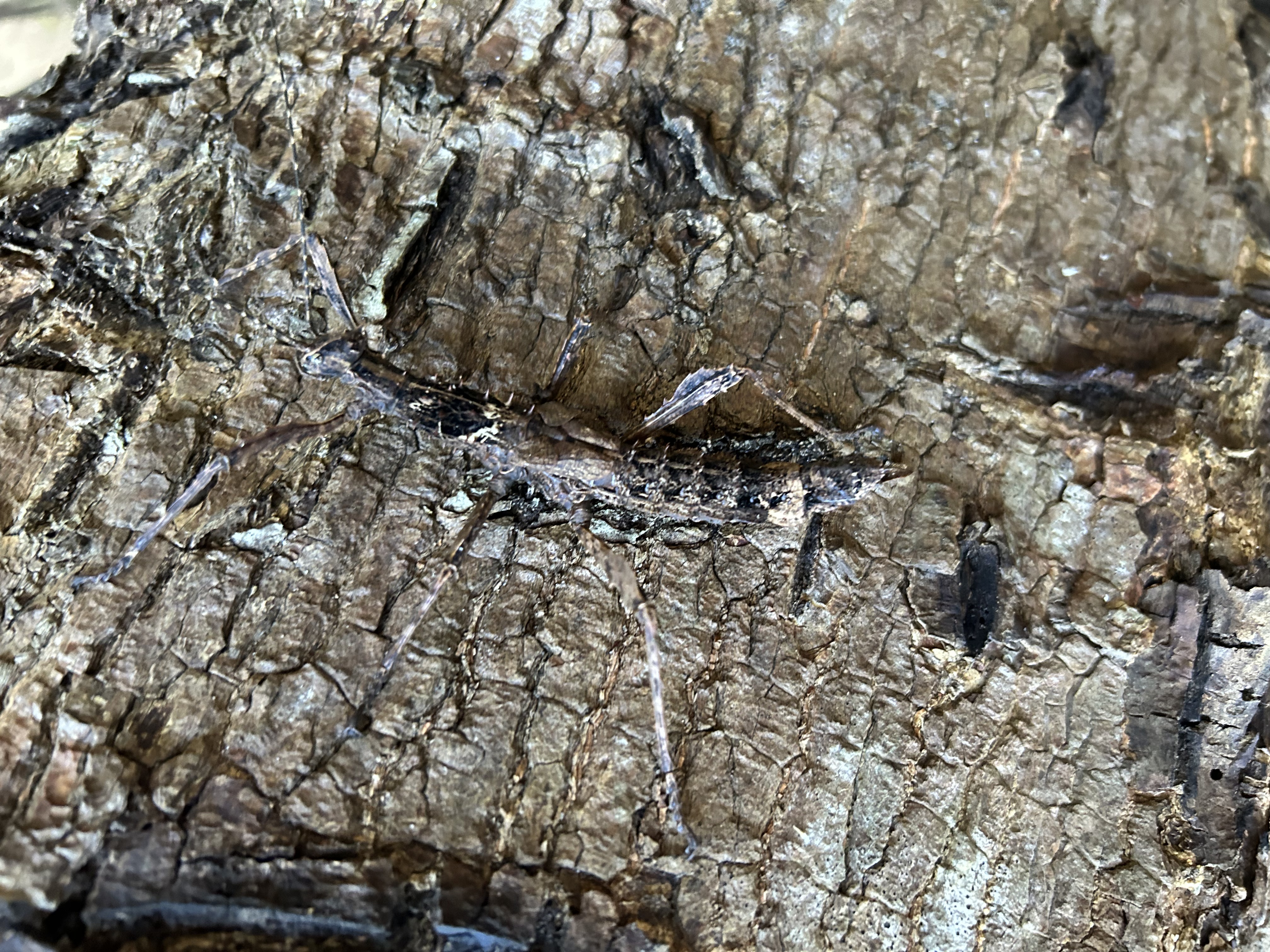
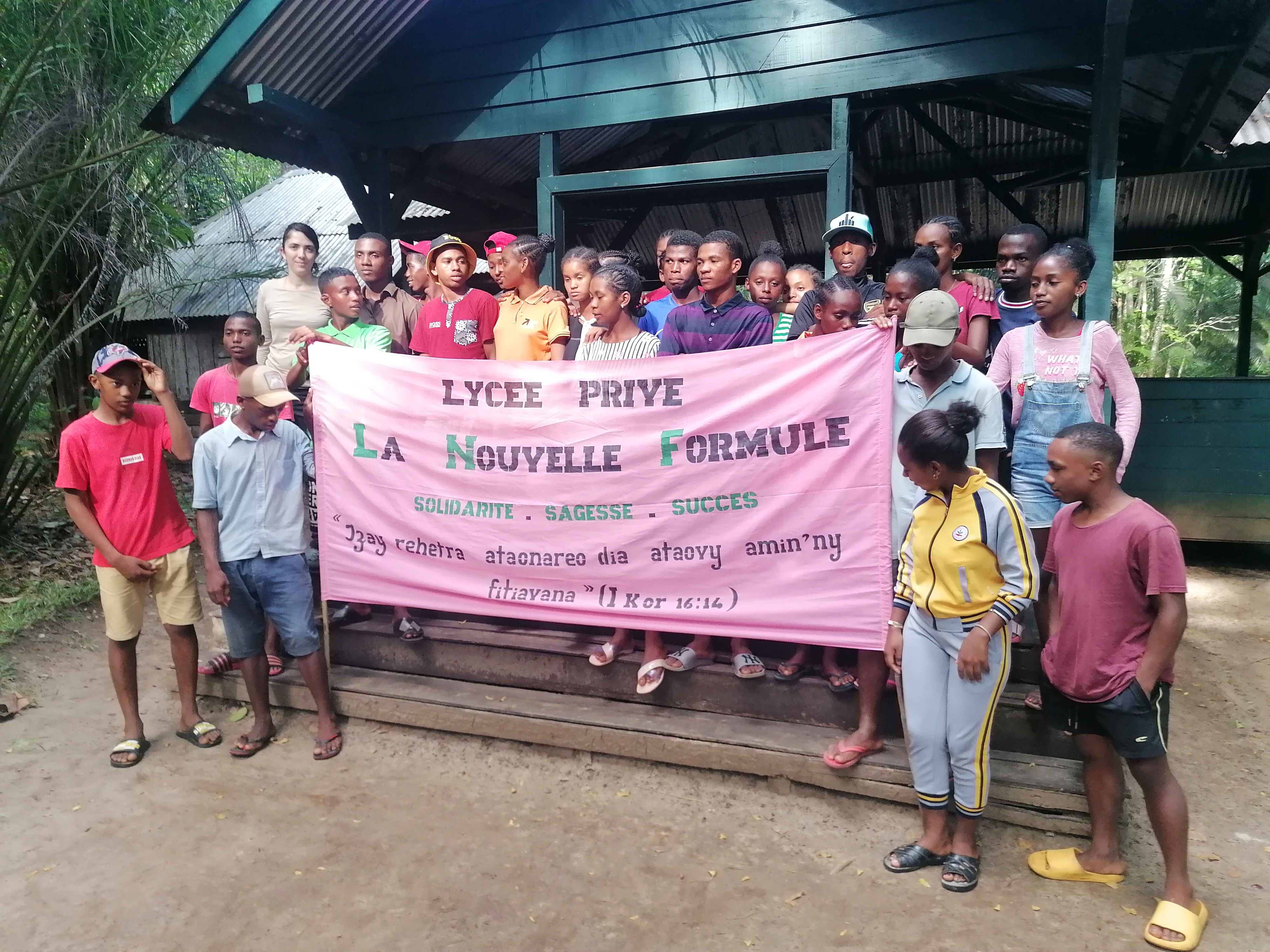


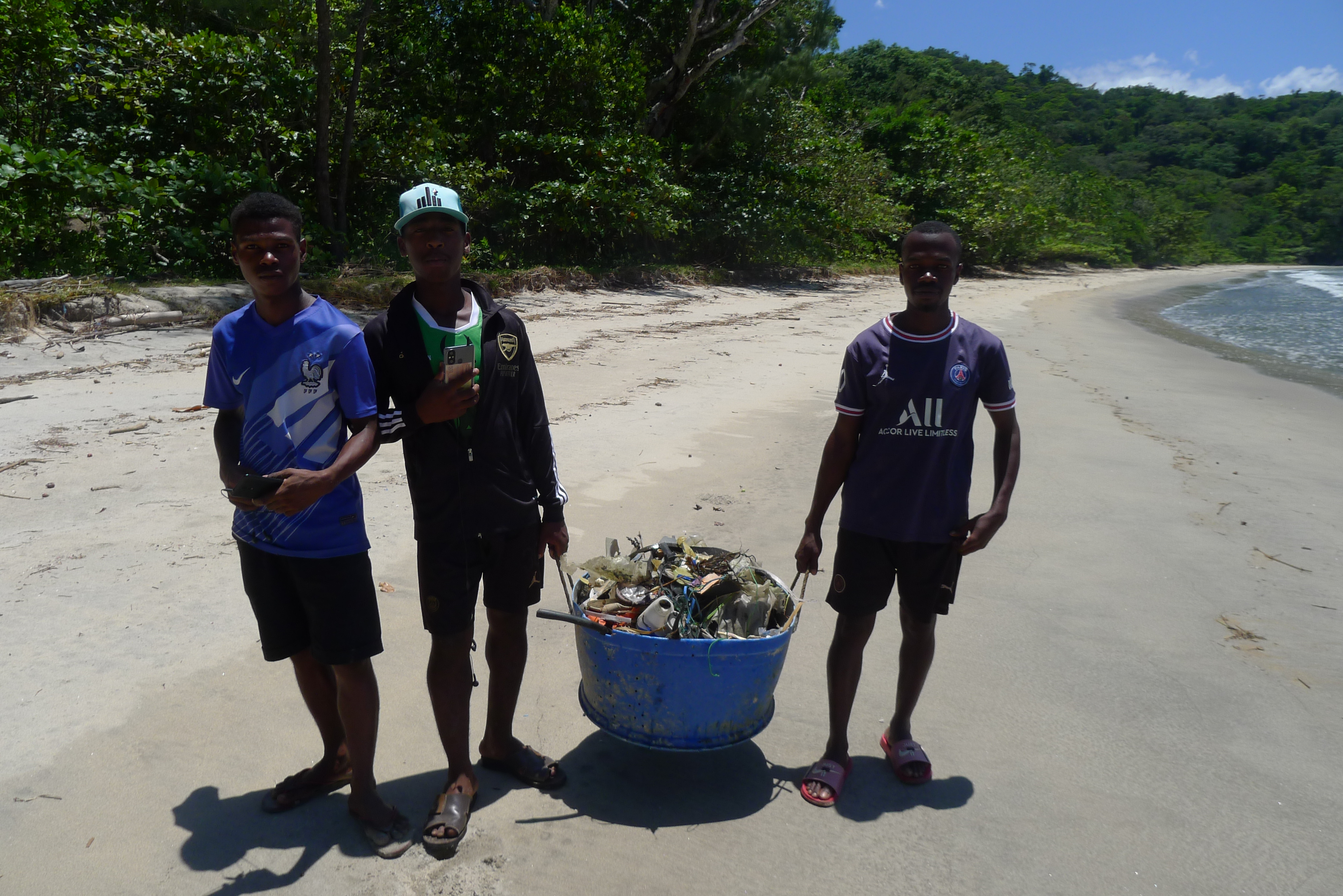

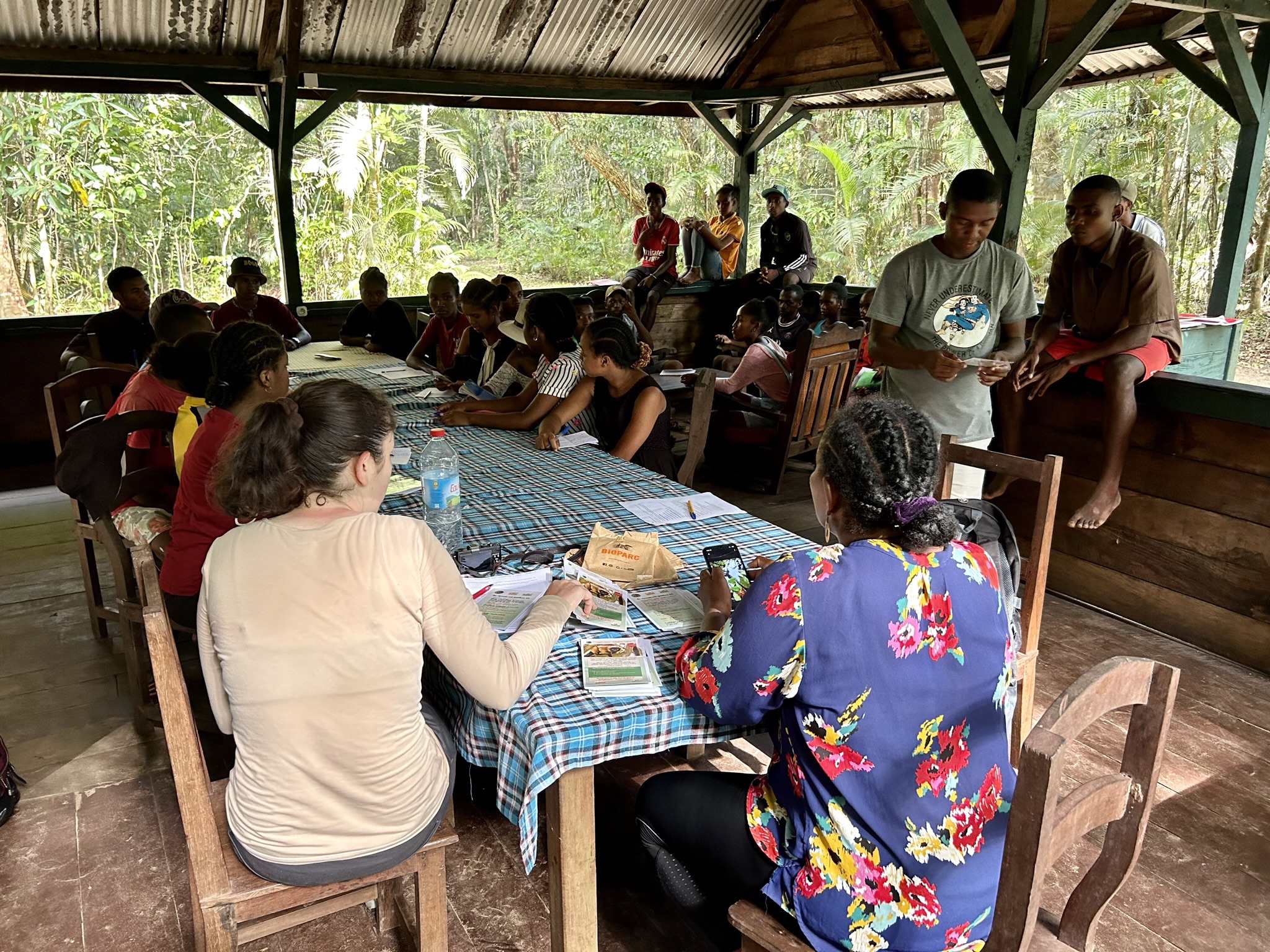

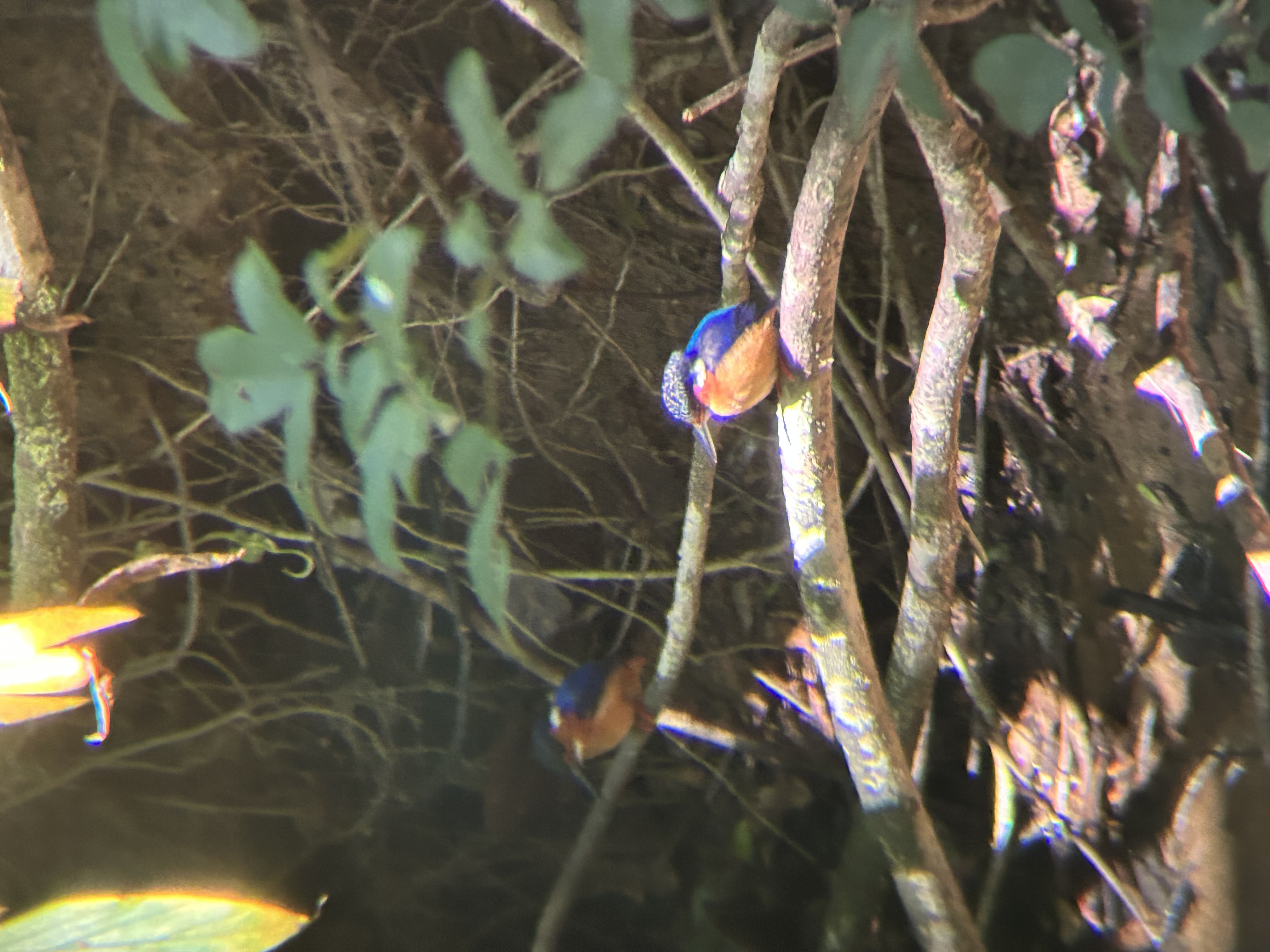


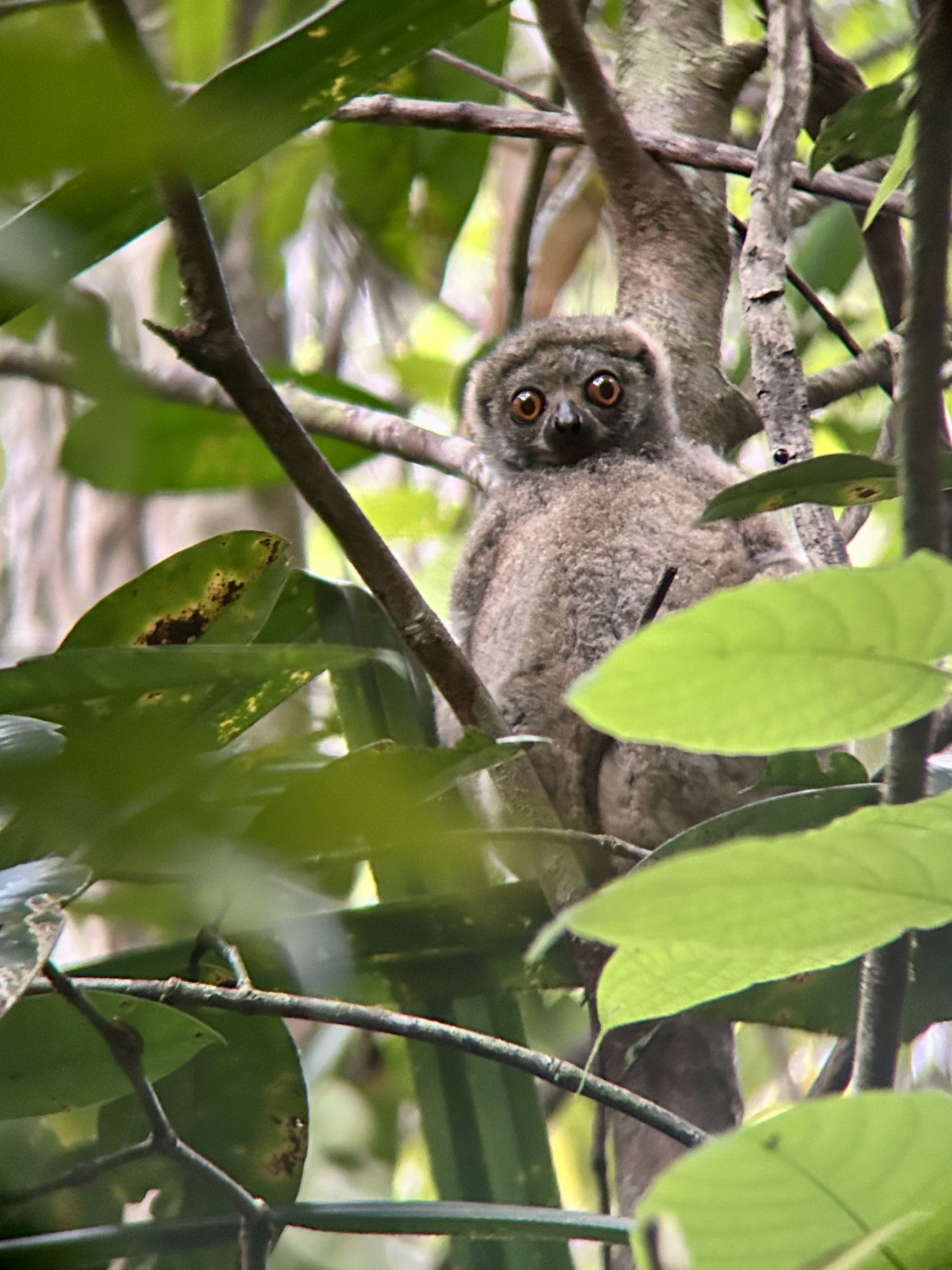
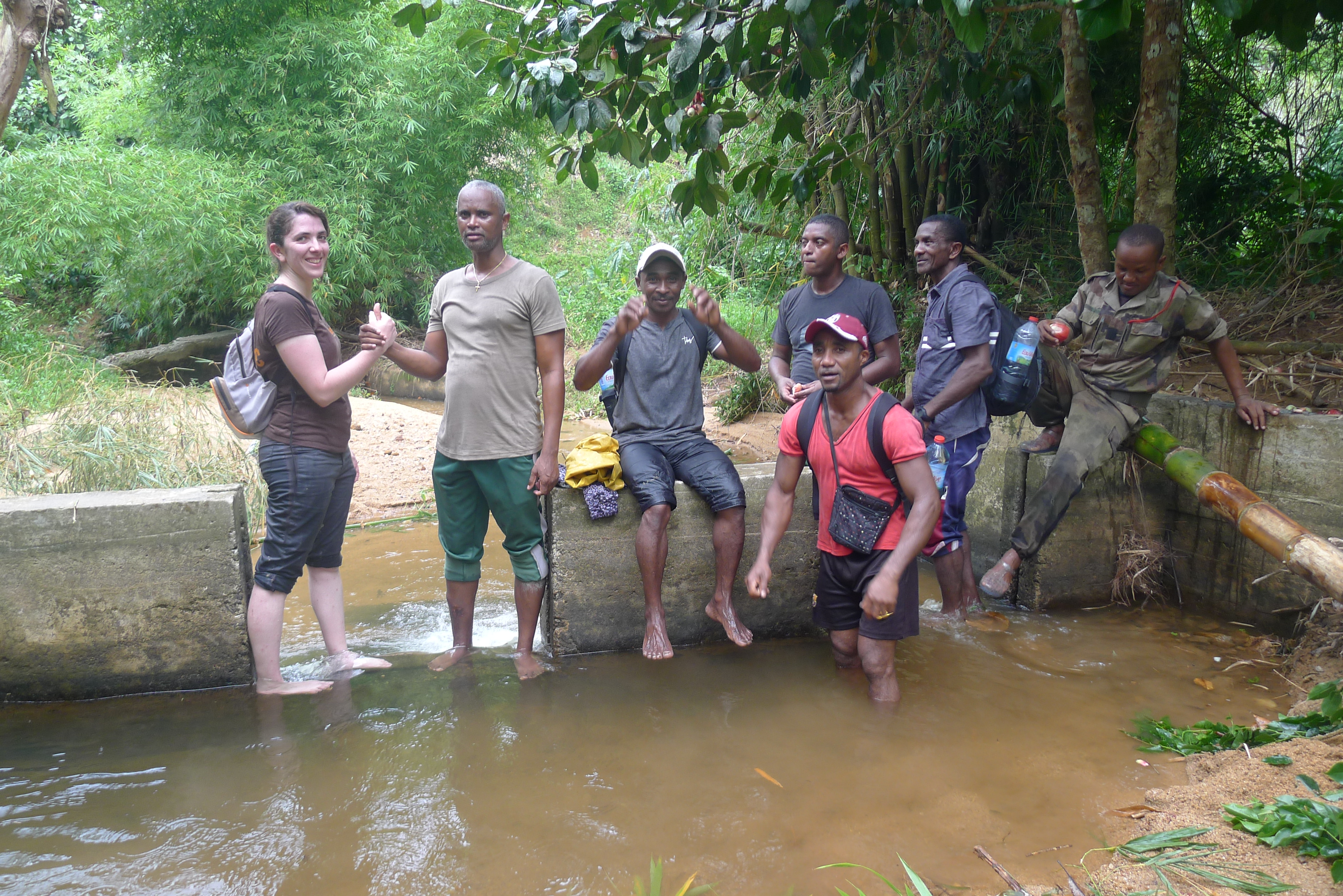


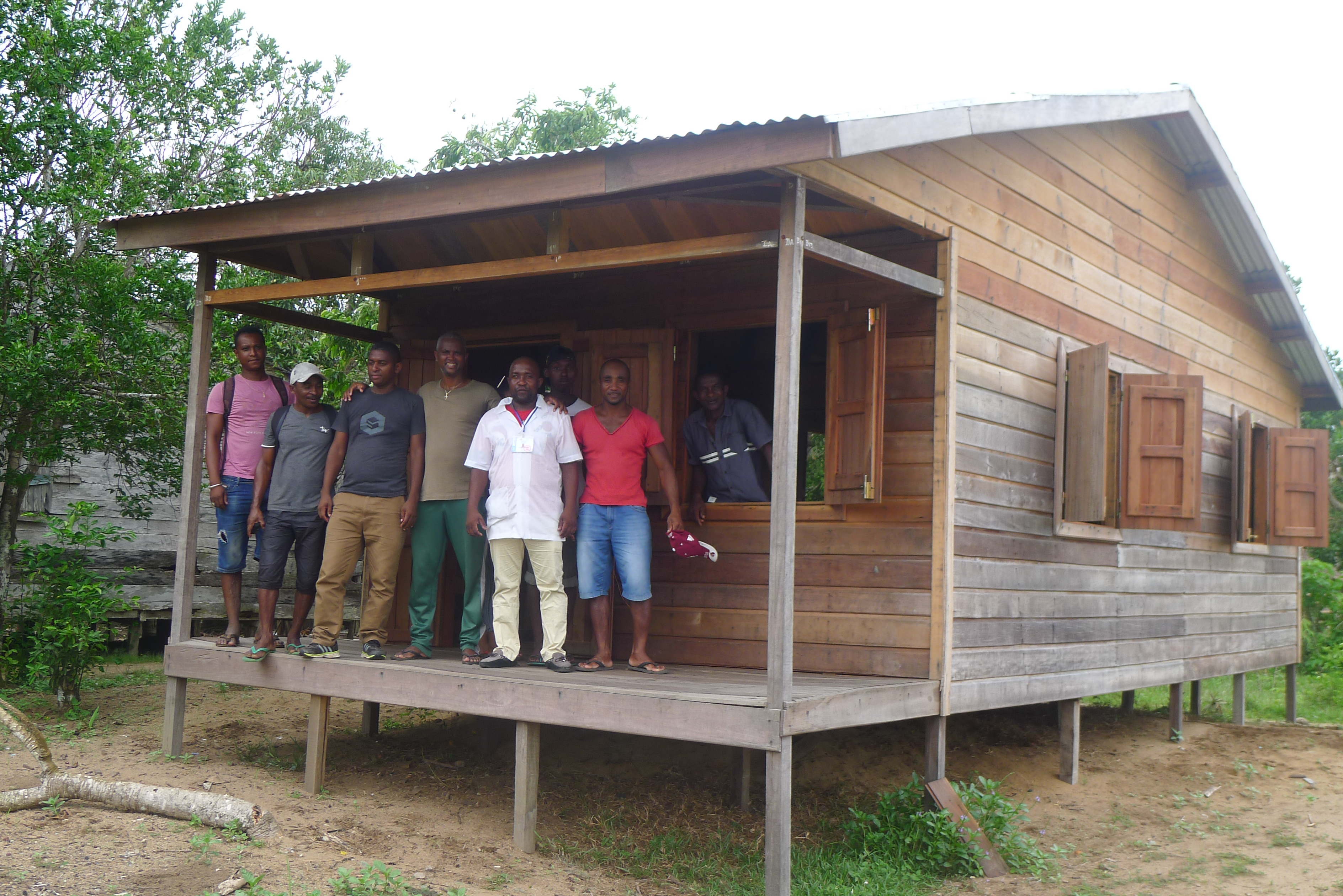
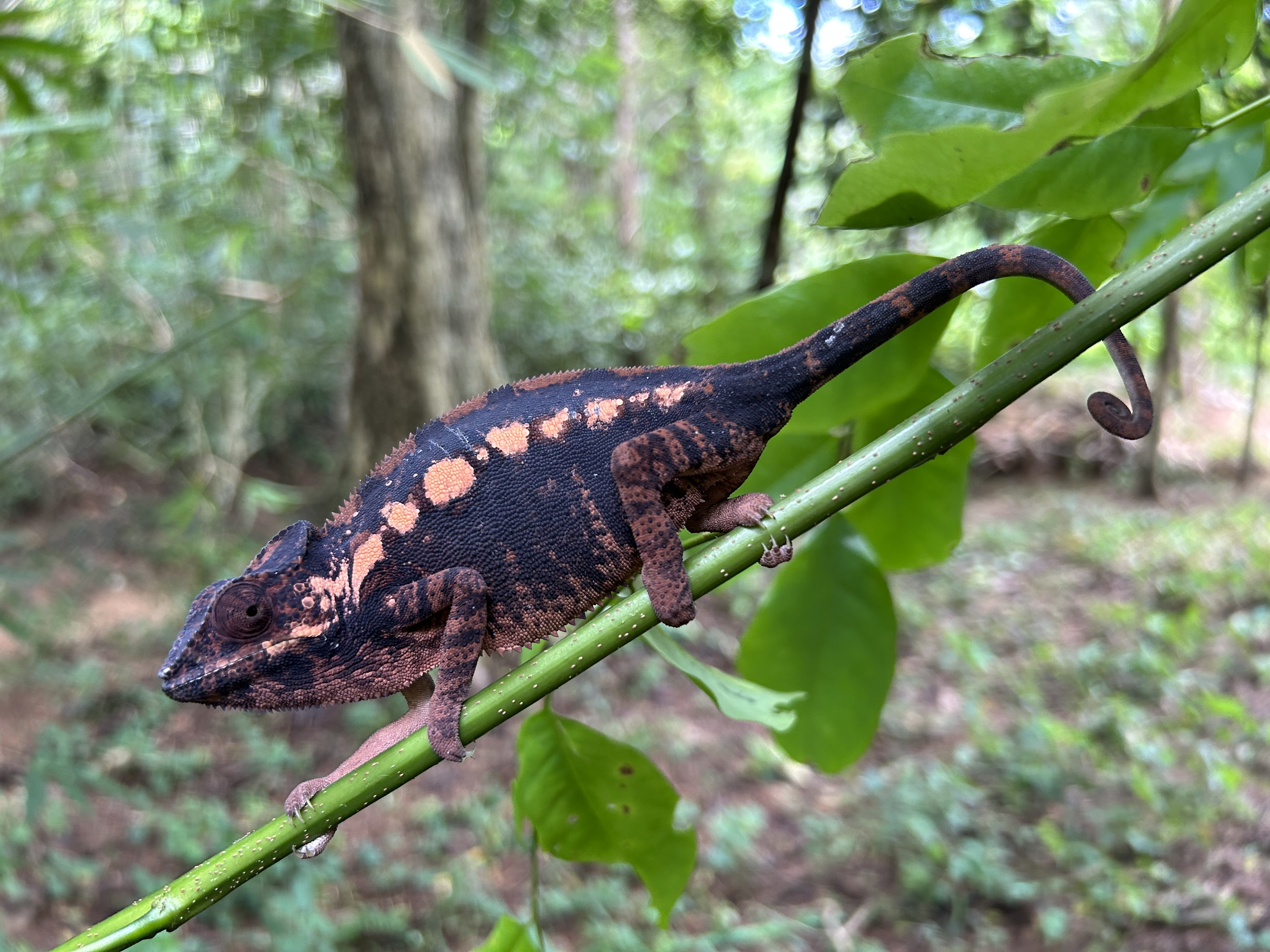


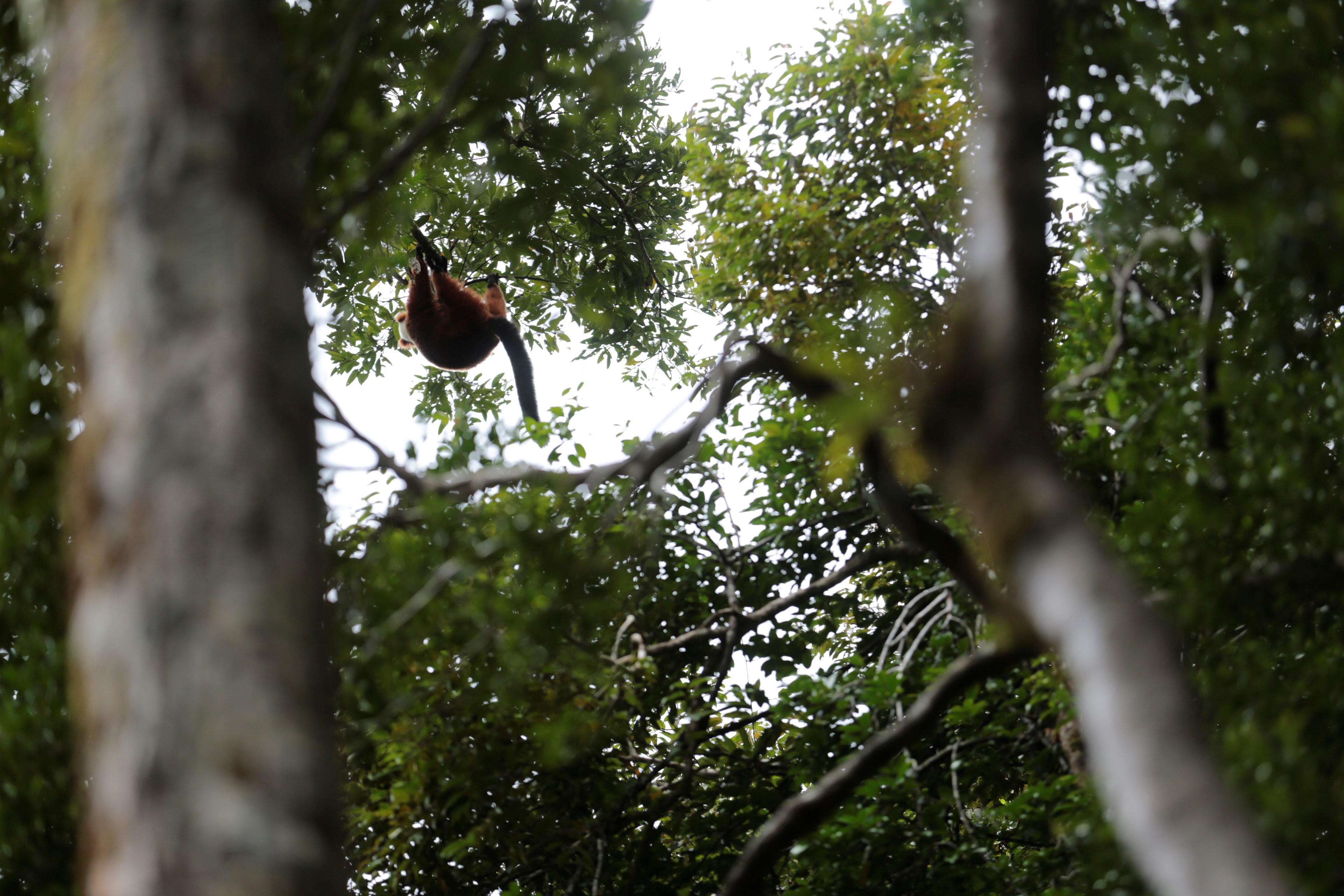

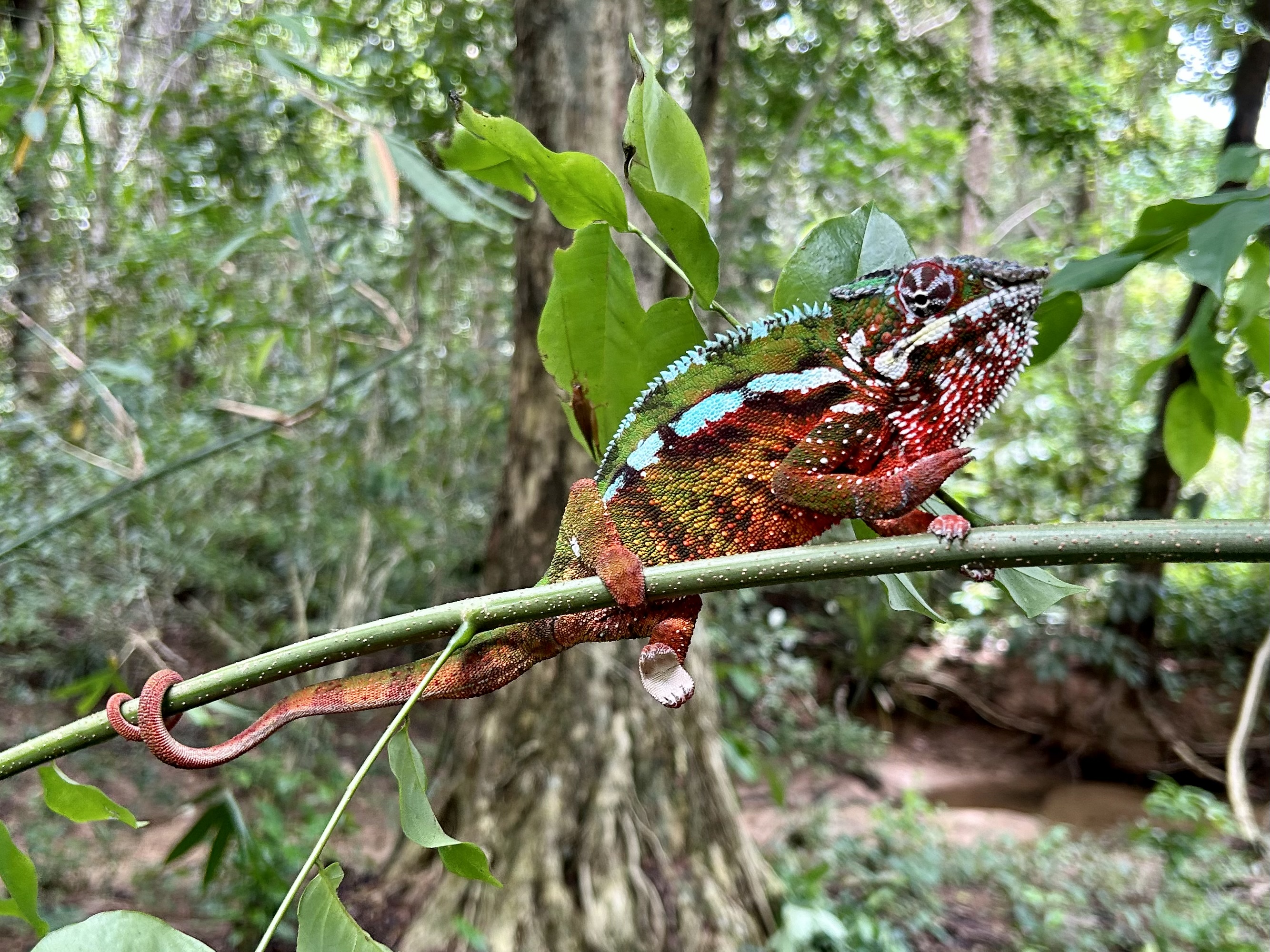
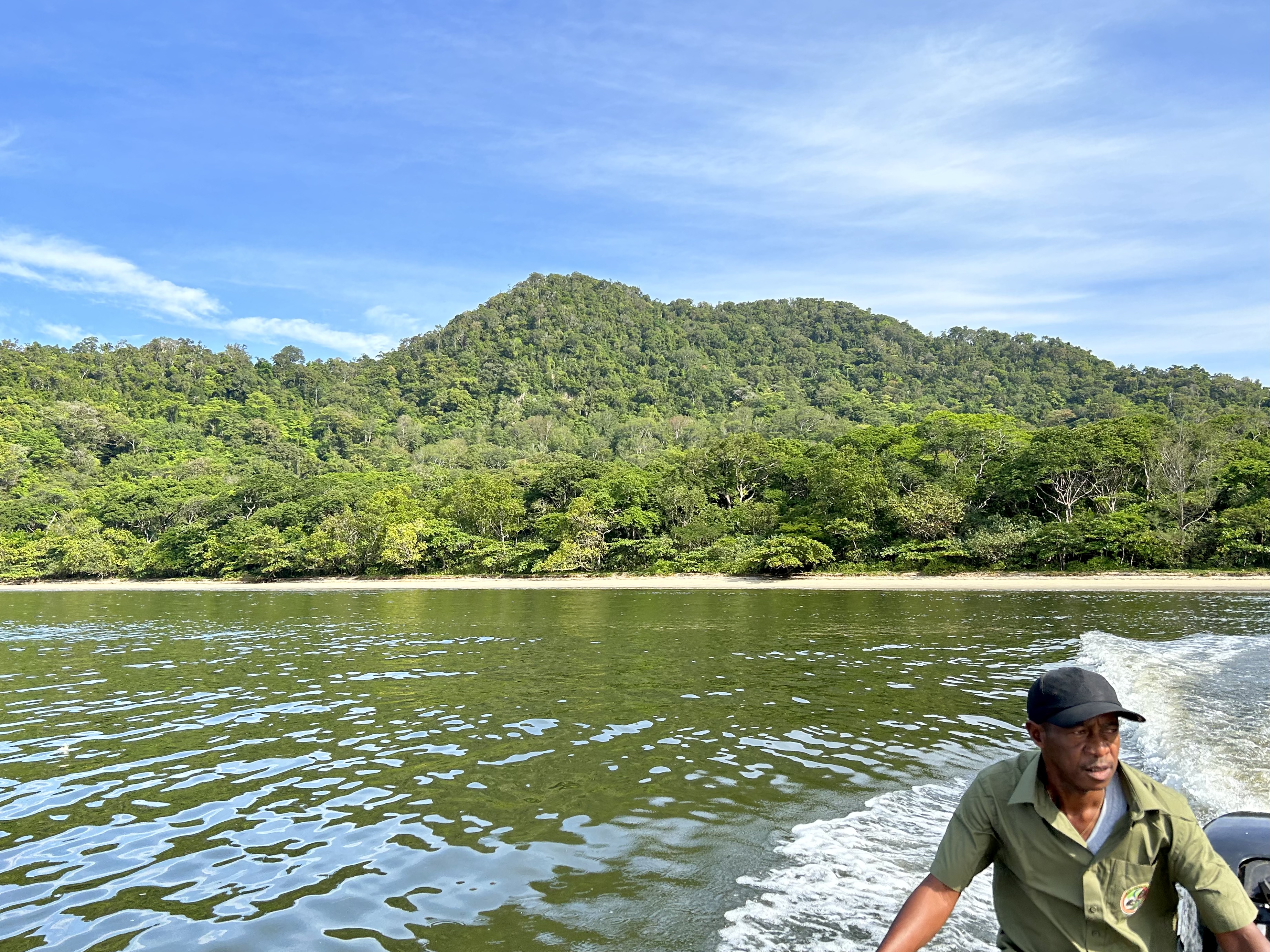
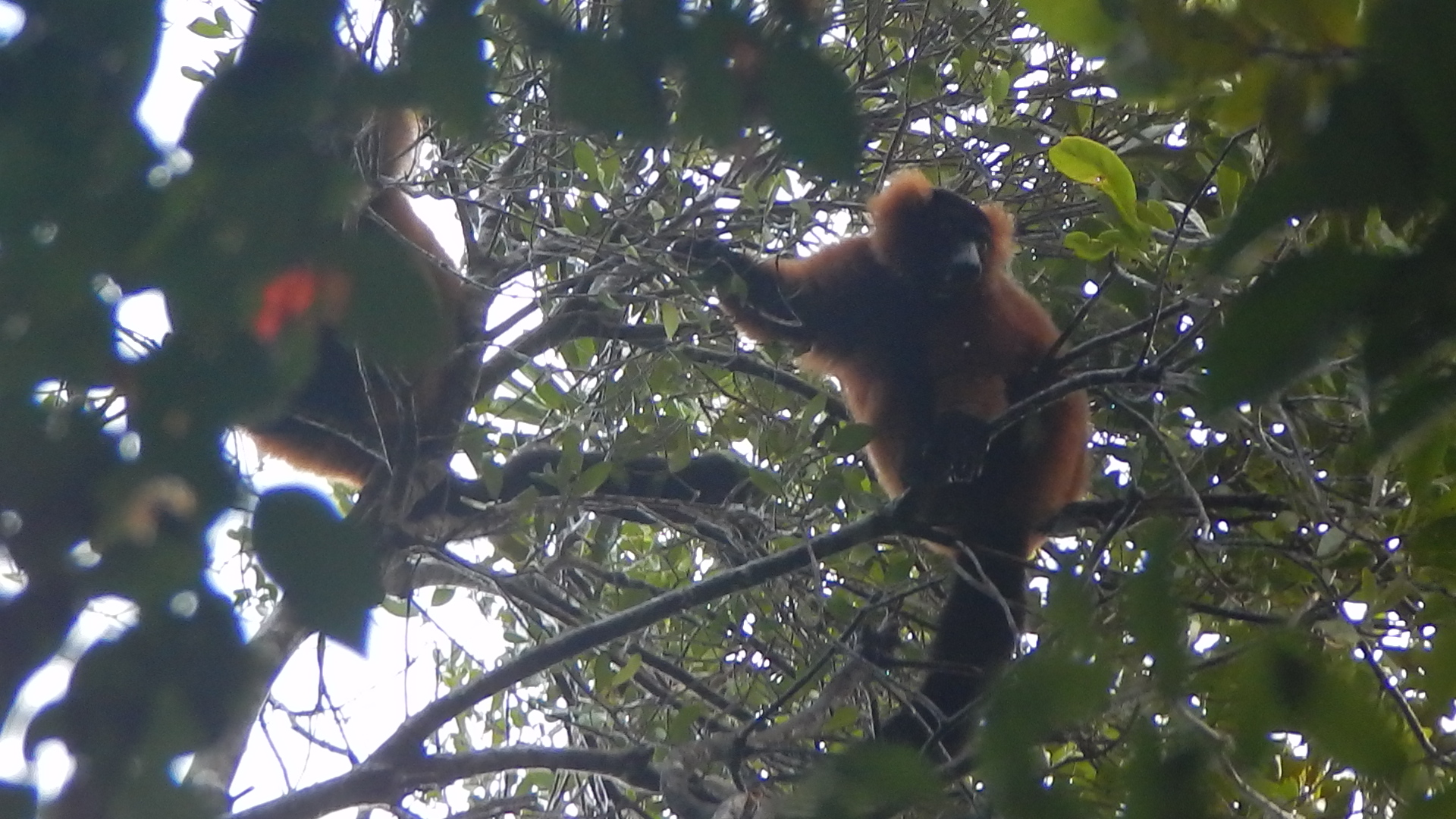
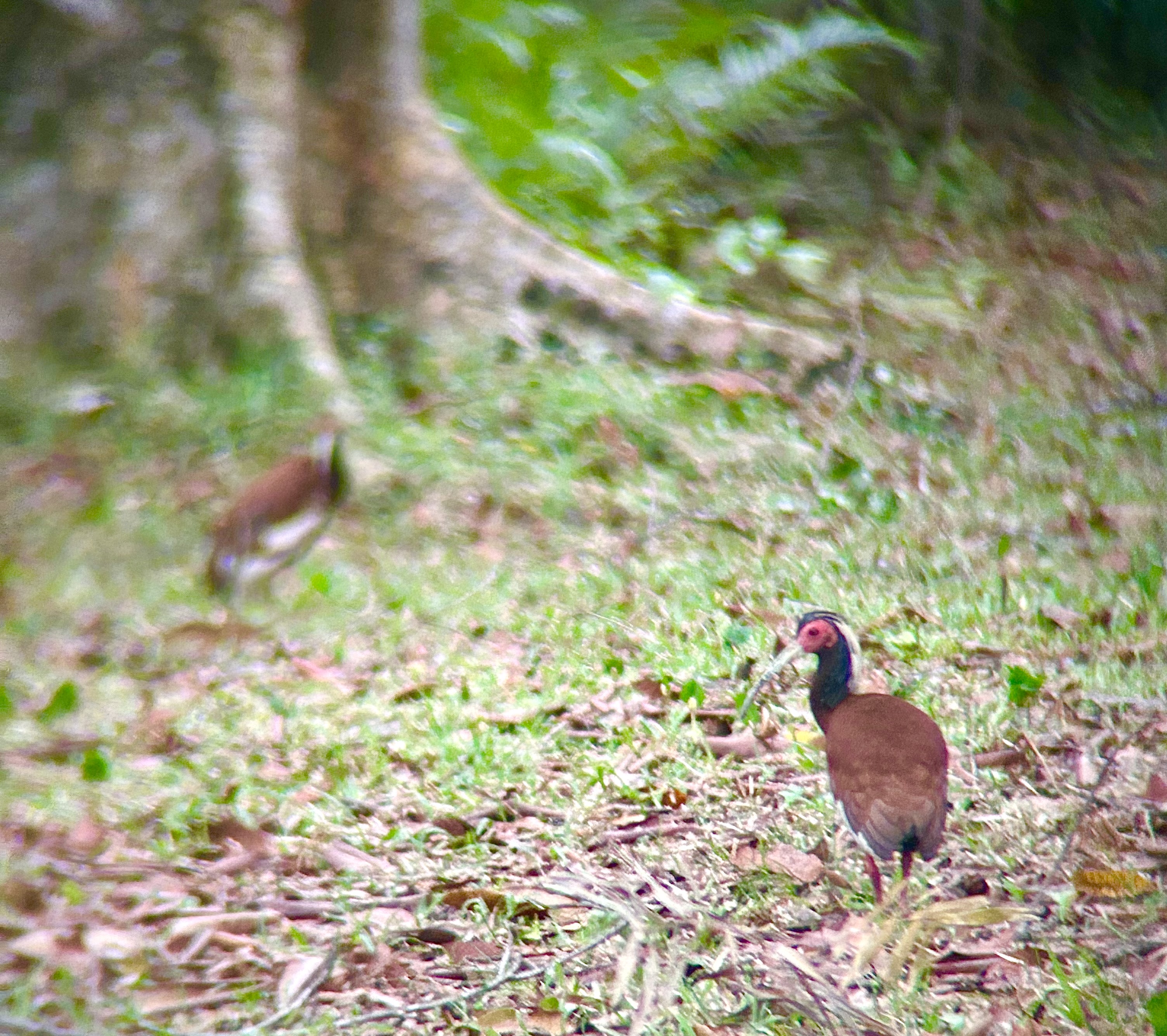
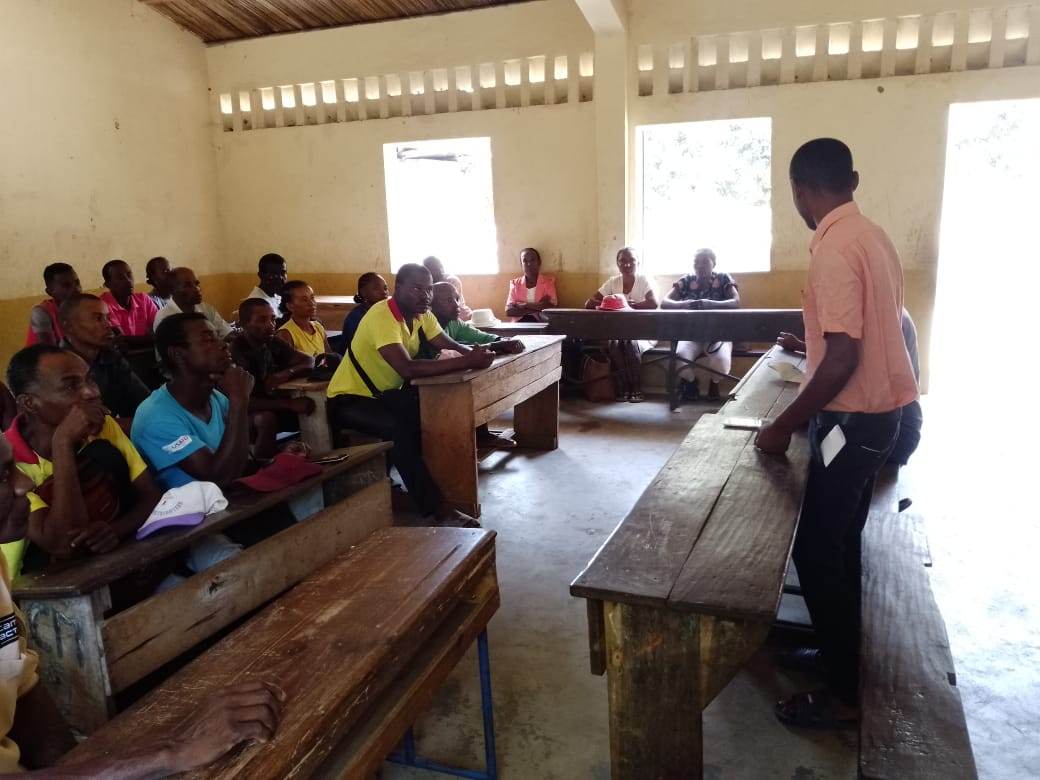


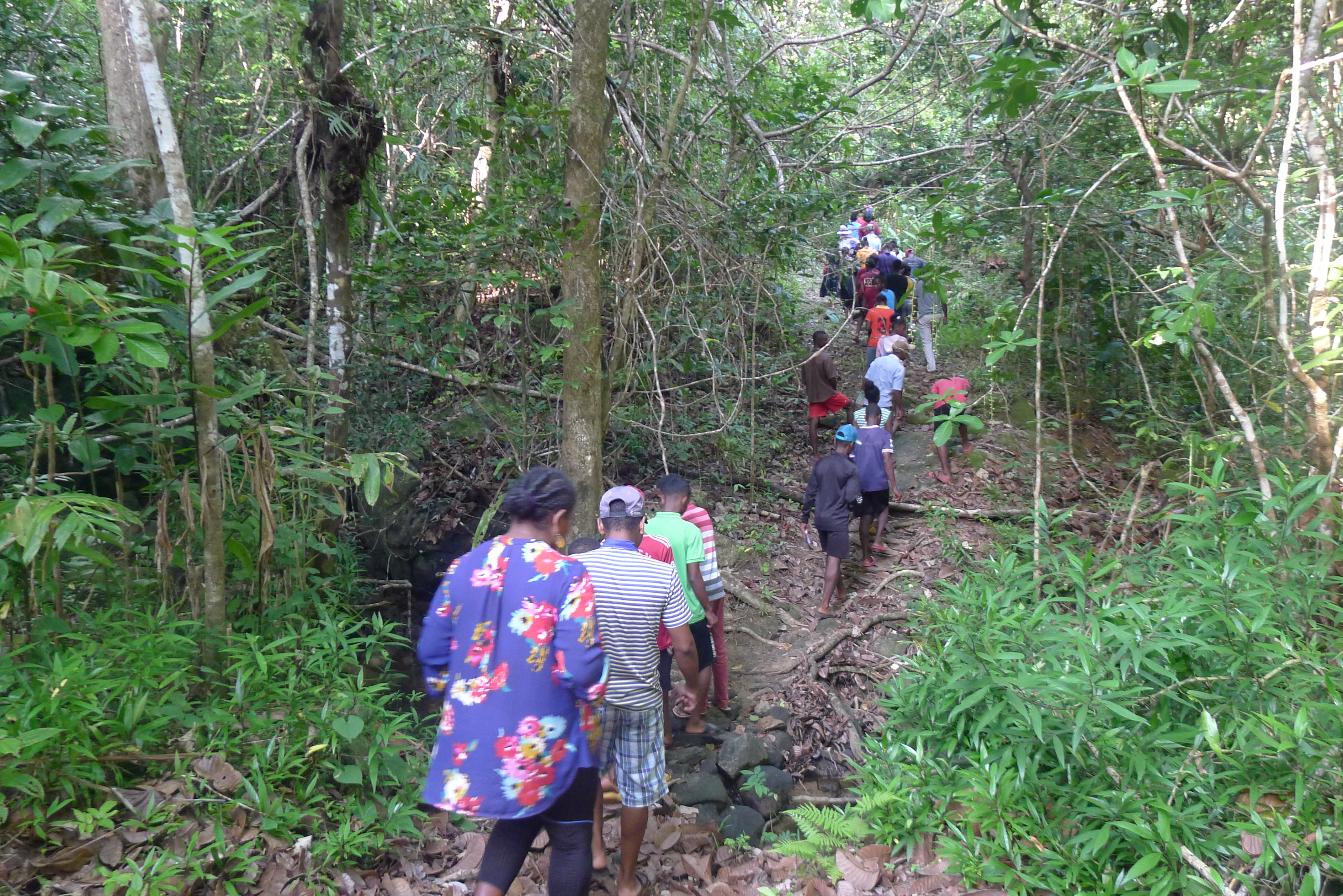

Antongil Conservation - Red-ruffed lemurs and tropical rainforest
Contributing IUCN constituents: BIOPARC CONSERVATIONPlay for NaturePairi Daiza Foundation
Project Details
| Name | Antongil Conservation - Red-ruffed lemurs and tropical rainforest |
| Description | |
| Contributing IUCN Constituent | BIOPARC CONSERVATIONPlay for NaturePairi Daiza Foundation |
| Start Date | 12/31/2000 |
| End Date | 12/30/2029 |
| Conservation Actions | 1.1. Site/area protection1.2. Resource & habitat protection2.1. Site/area management2.3. Habitat & natural process restoration3.1. Species management3.2 Species recovery3.3.1. Reintroduction4.1. Formal education4.3. Awareness & communications6.1. Linked enterprises & livelihood alternatives |
| Needed annual budget | - |
| Total annual budget | - |
| Staff | ♀ 3 | ♂ 10 |
| Beneficiaries | ♀ - | ♂ - |
Potential reduction of species extinction risk resulting from threat abatement actions
Absolute value (STAR)
85.2
0.1% of the total biodiversity conservation potential of Madagascar is covered by this project.
72,070.4
30.9% of Africa's biodiversity conservation potential is from Madagascar.
233,189.9
19.1% of global biodiversity conservation potential is from Africa.
This stacked bar chart represents the relative disaggregation of the selected contribution's total potential opportunity for reducing global species extinction risk through taking actions to abate different threats to species within its boundaries. The percentages refer to the amount of the total opportunity that could potentially be achieved through abating that particular threat.
% Contribution of threats to species extinction
4.04%
Invasive non-native/alien species/diseases
4.14%
Hunting & collecting terrestrial animals
4.25%
Livestock farming & ranching
4.84%
Other
14.67%
Problematic species/diseases of unknown origin
15.12%
Housing & urban areas
17.46%
Logging & wood harvesting
35.47%
Annual & perennial non-timber crops
Threat type